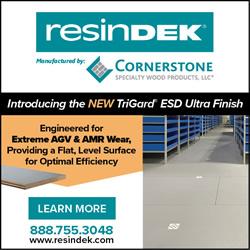Why Rail Conveyor Reflow Ovens Are the Choice for High-Precision PCB Production
For high-speed, high-accuracy SMT production, rail conveyor reflow ovens offer the precision and consistency you need. With dual-lane flexibility, tight temperature control, and minimal board contamination, these systems are trusted in automotive, medical, and telecom applications. Learn how rail-based ovens enhance throughput and quality while keeping maintenance low.
Rail Conveyors: Precision in Motion
Dual-lane designs allow two PCBs to be processed at once-great for high-throughput lines with varied product types. This setup minimizes downtime, especially in high-mix manufacturing environments.
Temperature Stability That Delivers
With multiple heating and cooling zones, each independently PID-controlled, rail conveyor ovens offer superior thermal consistency. Temperature accuracy is typically within ±1 °C, ensuring perfect solder joints for even the most sensitive components like BGAs and QFNs.
The fast warm-up time-often under 30 minutes-means less waiting, more production.
Cleaner, Safer, and More Efficient
Since boards are guided by the rails rather than sitting directly on belts, there's less chance of contamination from solder paste or flux residue. That means cleaner boards and fewer defects.
Additionally, many modern rail ovens feature energy-saving designs and built-in chain lubrication systems to reduce long-term operating costs.
Ideal for:
Automotive, telecom, medical and industrial electronics
High-volume SMT production
Fine-pitch and double-sided PCBs
Factories needing repeatability, cleanliness, and speed
If precision and production efficiency are critical for your SMT line, it may be time to explore the benefits of rail conveyor reflow ovens.
Featured Product

ResinDek® TRIGARD® ESD ULTRA FOR HIGH-TRAFFIC ROBOTIC APPLICATIONS
To maximize the productivity of an autonomous mobile robot (AMR) or automatic guided vehicle (AGV) deployment, it's critical to create the optimal environment that allows the vehicles to perform at their peak. For that reason, Cornerstone Specialty Wood Products, LLC® (www.resindek.com) created the TriGard® ESD Ultra finish for its ResinDek® engineered flooring panels. The TriGard ESD Ultra finish is ideal for high-traffic robotic applications characterized by highly repetitive movement patterns and defined travel paths.
